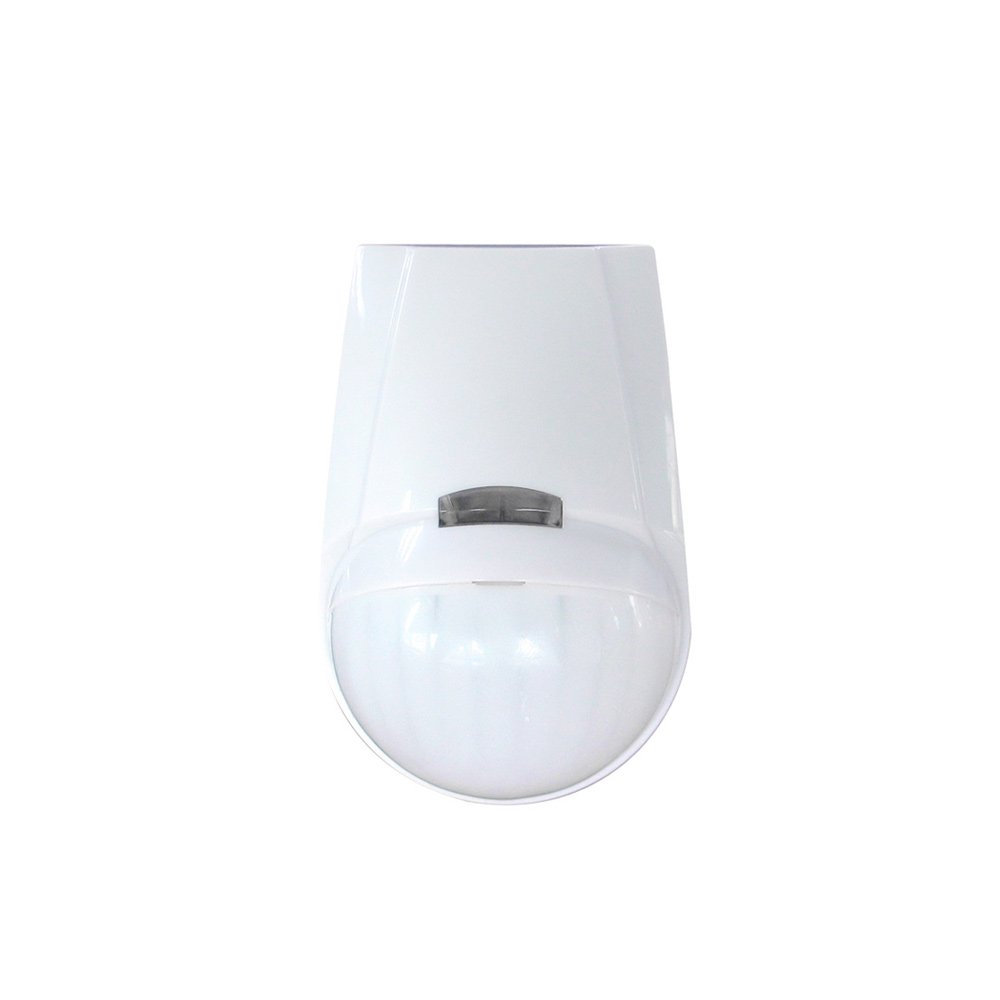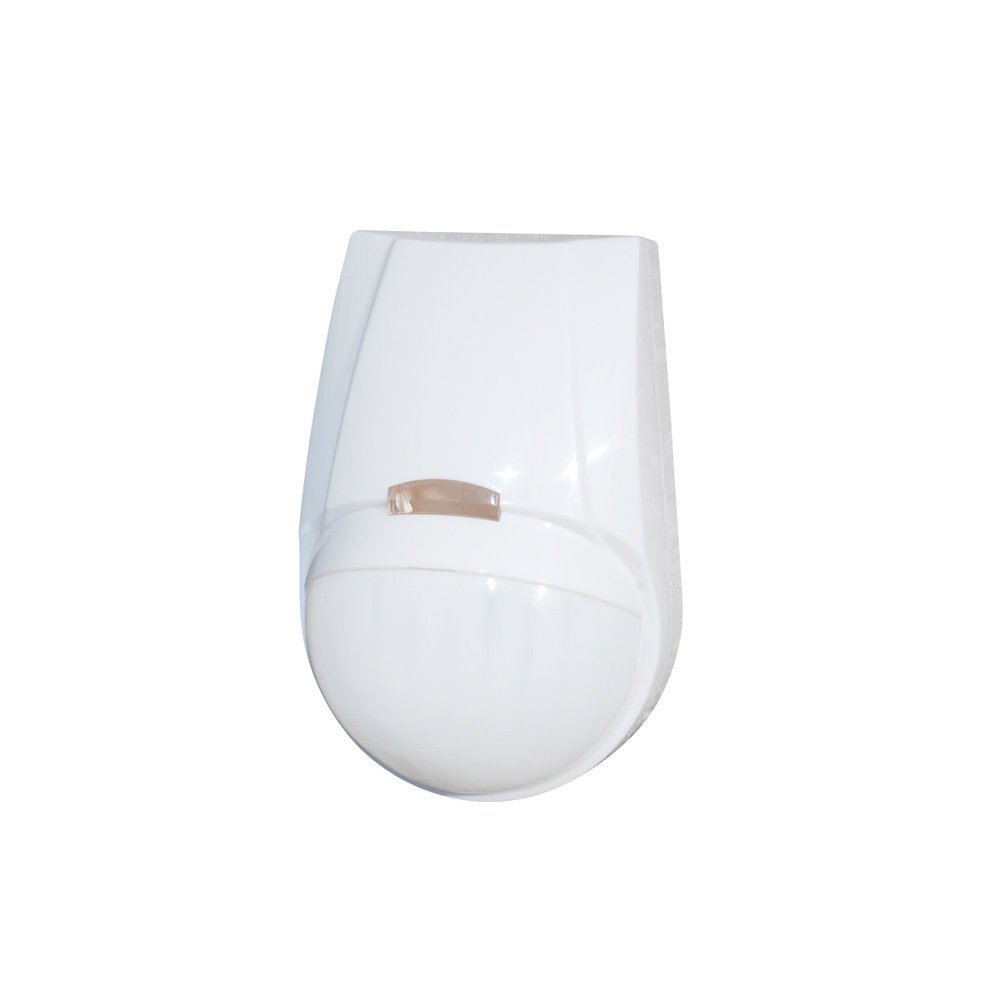Description
Key Features of Wireless Digital PIR Detectors:
- Wireless Functionality: These detectors transmit information to a central alarm system or control panel through wireless signals, which simplifies installation and eliminates the need for drilling or laying wires.
- Digital Signal Processing: By utilizing digital technology, these detectors can more accurately analyze the infrared signals received. This helps in reducing false alarms and increasing the reliability of detecting genuine threats.
- Adjustable Sensitivity: Users can adjust the sensitivity settings of the detector, which allows for customization based on the specific requirements of the monitored area, such as size, typical traffic, and environmental conditions.
- Low Power Consumption: Despite their continuous operation, these detectors are designed to be energy-efficient with low power requirements, often running on batteries, which enables a longer operational life without frequent replacements.
- Pet Immunity: Advanced models include features to differentiate between humans and pets, reducing false alarms triggered by pet movements within the detection range.
- Wide Coverage Area: Wireless Digital PIR Detectors are capable of covering a broad area, making them suitable for various spaces, from rooms in homes to larger areas in commercial buildings.
Applications:
- Home Security: They can be part of a broader home security system to alert homeowners about any intrusions or unusual movements.
- Business Security: In business settings, these devices help secure premises by monitoring movement after hours or in restricted areas.
- Industrial Security: They are also useful in larger industrial environments where securing perimeters and sensitive zones is crucial.
- Smart Home Automation: Integrated into smart home systems, they can trigger actions like turning on lights or adjusting thermostats based on occupancy detected by the sensors.
Benefits:
- Enhanced Security: Provides reliable monitoring of spaces, enhancing security by promptly notifying about any detected movements.
- Ease of Installation and Maintenance: The wireless nature allows for easy setup and relocation if necessary. Maintenance typically involves simple battery changes and occasional testing.
- Scalability: Easily expandable; additional detectors can be integrated into the system without significant changes or new wiring.
- Flexibility: Suitable for a variety of settings and applications, from residential to commercial and industrial.
Installation Tips:
- Placement: Install the detector at a recommended height (typically around 6-8 feet) and position it so that it covers the area effectively without being obstructed.
- Avoid False Triggers: Place away from heat sources, sunlight, and environments with frequent temperature fluctuations to minimize false alarms.
- Regular Testing: Regularly test the detector to ensure it is functioning correctly and adjust settings as needed based on performance.
A Wireless Digital PIR Detector is thus a versatile and effective solution for enhancing security systems, offering advanced detection capabilities along with the convenience of wireless technology.







